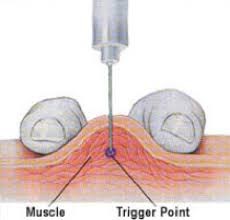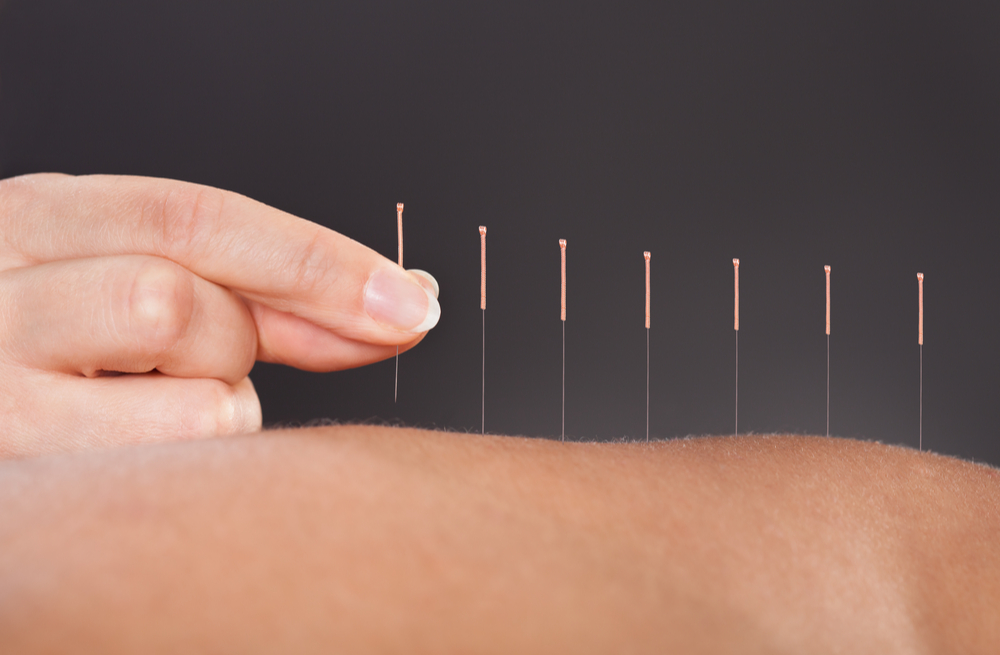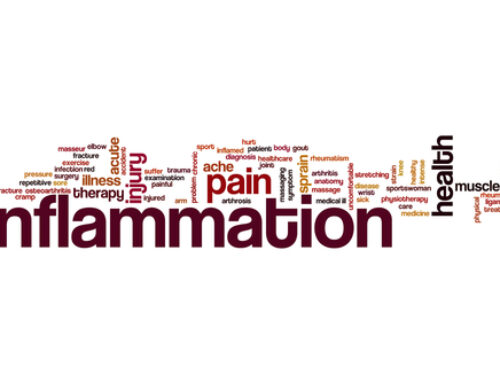The effectiveness of both dry needling and acupuncture have been widely shown. Both treatment options have great reviews in medical literature and with patients. The pain reducing results of these two modalities make them a popular choice of both practitioners and patients. Frequently, we are asked what the differences are between these two helpful treatments and when someone should use one over the other.
Intent Of Treatment
The main difference between dry needling and acupuncture is the intent of the treatment. What we are trying to treat dictates the location, placement, and manipulation technique of the needles. Acupuncture and dry needling, while using the same needles, are two very different treatments. Acupuncture is a treatment modality to treat the entire body internally, externally, psychologically, and holistically. Dry needling is a treatment modality to treat a specific muscle, region, or pain syndrome.
Acupuncture
Acupuncture is used for the diagnosis and treatment of pathological conditions including visceral and systemic dysfunction. Acupuncture achieves pain relief through the release of endorphins and creating balance in the body’s energy levels. Through the release of serum cortisol, acupuncture can also have an anti-inflammatory effect.
When acupuncture is applied, points are chosen in locations near and distal to the site of the pain. These “distal” points are chosen based on the patient’s total signs and symptoms reported. In Chinese Medicine terms, these points might move energy away from the location, or they might move energy to the location of pain. In Western Medical Acupuncture terms, points are chosen near major blood vessels or nerves near receptor pods that either emit a parasympathetic (rest and digest) or sympathetic signal (fight or flight). This has a more systemic effect helping to regulate hormones and neurotransmitter activity, organ function, systemic inflammation, and can change how the patient feels about their pain. Acupuncture tends to be a bit better at long term pain relief.
Dry Needling
Simply explained dry needling is the insertion of a needle into an area of pain with attempts to stimulate a muscle. Needles are only inserted into “Trigger Points” which are tender spots or knots in muscles. The intent of the treatment is to stimulate the muscle causing it to jump or contract. This can help temporarily with pain by tricking the body into releasing endorphins, the brain’s pain relieving neurotransmitters. Dry needling achieves pain relief by inactivating trigger points and thus eliminating nociceptive focus of the muscle. The needles cause localized hemorrhaging which promotes healing by stimulating collagen and protein formation. This can cause soreness and slight bruising after the treatment.
Dry needling can break up muscle knots and trigger points, but often trigger points are not the sole cause of pain. Therefore, dry needling usually works best as an adjunctive therapy with chiropractic or other physical medicine treatments. Dry needling is effective in stimulating endorphins and other opioids, but often does not affect the limbic system (part of the brain). This can cause the pain relief with dry needling to be short lived. The biggest downside of dry needling is that it is a one size fits all model. It works great for muscle pain but may do little for nerve pain, inflammation, or a hyperactive central nervous system.
Overlapping Treatments
 Dry needling is often administered WITH acupuncture during a routine acupuncture treatment. However, a full acupuncture treatment is not given when dry needling is only applied to a muscle.
Dry needling is often administered WITH acupuncture during a routine acupuncture treatment. However, a full acupuncture treatment is not given when dry needling is only applied to a muscle.
Recently dry needling, for mainly political reasons, has been segregated from it’s acupuncture roots so that non-acupuncture certified practitioners can use this tool. This is unfortunate, because there are so many simple, safe, and effective acupuncture treatment points and techniques that can be easily incorporated into dry needling, greatly enhancing its effectiveness.
Certifications
Dry needling is often learned by health practitioners in a short weekend seminar of 12-15 hours in length. This differs from those certified in acupuncture who study their craft for over 300 hours and have to hold a doctorate degree in medicine.
Both dry needling and acupuncture have their place in the treatment tool box. Dry needling can be safely and successfully administered by a trained practitioner, but be informed before you allow someone to utilize this therapy. I know that I am biased because I am certified in acupuncture. But, I feel that by taking advantage of the many well-established acupuncture points a practitioner certified in acupuncture may give a more rounded and effective treatment than a dry needling only treatment.
If you have any questions about dry needling or acupuncture, please feel free to reach out to me or our staff via call or email. Our goal is to match your specific needs with the proper treatment plan to help you become healthier than you have ever been. I’ve also created a video explaining each treatment option here, so check it out!

Daryl C. Rich, D.C., C.S.C.S.






